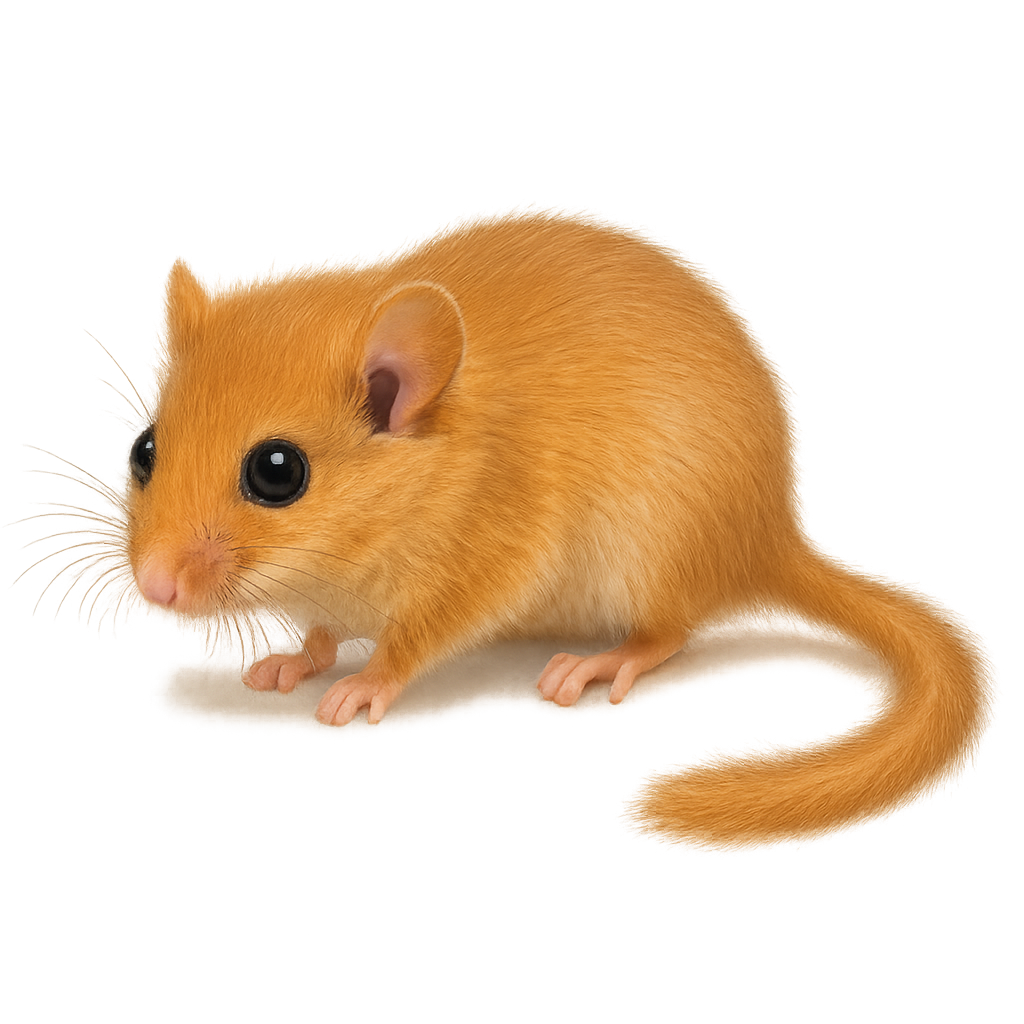Your wildlife photography guide.
Explore the hazel dormouse in detail, study its behavior, prepare your shots.
Where to observe and photograph the hazel dormouse in the wild
Learn where and when to spot the hazel dormouse in the wild, how to identify the species based on distinctive features, and what natural environments it inhabits. The WildlifePhotographer app offers tailored photography tips that reflect the hazel dormouse’s behavior, helping you capture better wildlife images. Explore the full species profile for key information including description, habitat, active periods, and approach techniques.
Hazel Dormouse
Scientific name: Muscardinus avellanarius

IUCN Status: Least Concern
Family: GLIRIDAE
Group: Mammals
Sensitivity to human approach: Suspicious
Minimum approach distance: 10 m
Rut period: May to August
Gestation: 22-24 jours
Births: May to September
Habitat:
Forests, woodlands, and hedgerows
Activity period :
Mainly active at night, generally discreet during the day.
Identification and description:
The Common Dormouse is a small nocturnal rodent, often compared to a miniature squirrel, found mainly in forests, hedgerows, and gardens across Europe. It measures about 7 to 9 cm in length, with a tail of 5 to 7 cm, and weighs between 15 and 30 g. Its coat is typically brown or gray with a light belly, and it has large black eyes and round ears. The Common Dormouse is an arboreal and nocturnal animal that primarily feeds on fruits, seeds, nuts, and sometimes insects. It is an excellent climber, often living in trees or natural cavities. This small rodent is known for its hibernation behavior: it enters torpor during the winter months, retreating into its nest to survive the cold temperatures. Although it is widespread, it is threatened by habitat loss and human disturbances.
Recommended lens:
400 mm – adjust based on distance, desired framing (portrait or habitat), and approach conditions.
Photography tips:
Approach discreetly and slowly, as the Common Dormouse is a nocturnal and rather secretive animal that prefers to hide in trees or bushes.
Photograph at dusk or during the night, when the Dormouse becomes more active in search of food or during its movements. Low light is ideal for capturing the nocturnal ambiance.
Be patient and ready to wait: The Common Dormouse can spend a lot of time in its shelter, so it's important to wait for natural moments when the animal emerges.
Respect its space: Do not disturb its resting areas, especially during the breeding period, to avoid disrupting its natural behavior.
The Common Dormouse is a protected species, due to habitat loss and human disturbance. It is essential to respect its territory and avoid disturbing its nesting or feeding sites. Follow local recommendations to protect this fragile nocturnal species.
The WildlifePhotographer App is coming soon!
Be the first to explore the best nature spots, track rutting seasons, log your observations, and observe more wildlife.
Already 1 432 wildlife lovers subscribed worldwide

